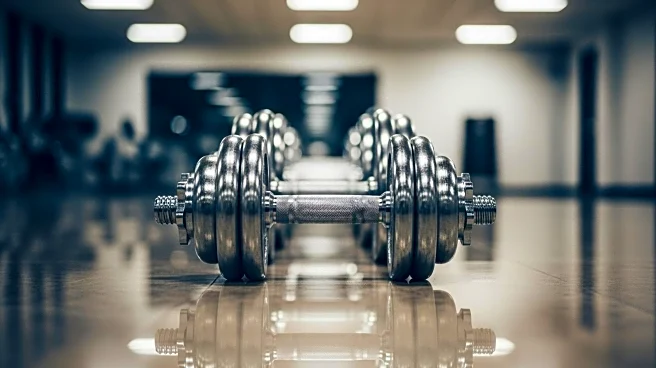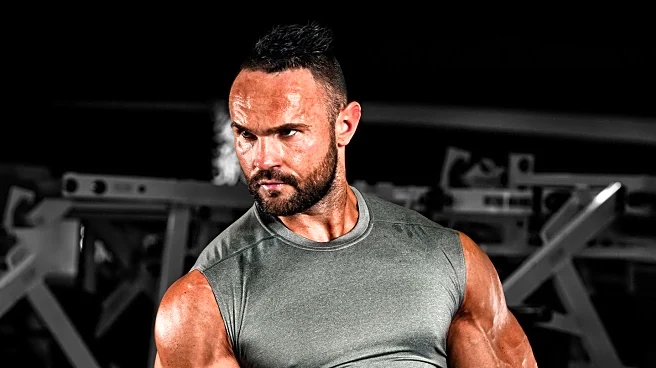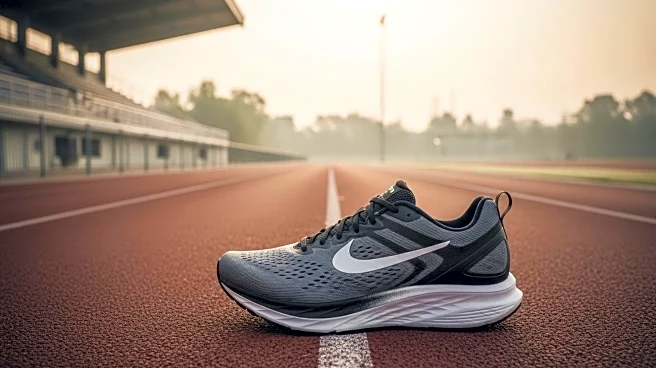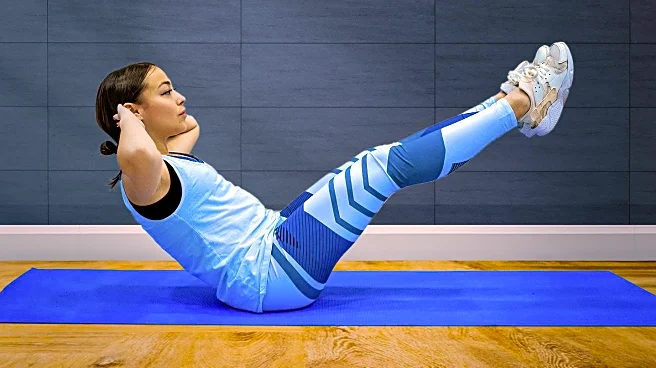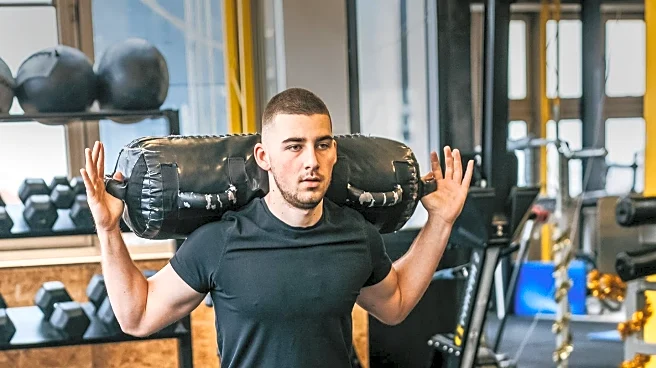What's Happening?
A recent article from Sports Illustrated delves into the distinct challenges and advantages faced by taller and shorter athletes in strength training. The piece, featuring insights from Judd Lienhard on Power Athlete Radio, emphasizes the mechanical differences in how athletes of varying heights generate and experience force during movements. Taller athletes, due to their longer limbs, encounter more torque at the joints, requiring them to exert more strength to move weights at the same speed as their shorter counterparts. This increased demand on muscles and joints necessitates a focus on building a strong strength base early in their training. Conversely, shorter athletes benefit from more favorable anthropomorphic ratios, allowing them to move weights more efficiently in certain exercises like the back squat.
Why It's Important?
Understanding the biomechanical differences between taller and shorter athletes is crucial for optimizing training programs. For taller athletes, the need to develop a robust strength foundation is essential to manage the greater mechanical demands placed on their bodies. This insight can lead to more personalized training regimens that account for individual leverage and body structure, potentially reducing the risk of injury and improving performance. For coaches and trainers, recognizing these differences can enhance their ability to tailor programs that maximize each athlete's potential, regardless of height. This approach not only benefits athletes in competitive sports but also everyday individuals seeking to improve their fitness and strength.
What's Next?
As awareness of these biomechanical differences grows, it is likely that more training programs will incorporate personalized strategies that consider an athlete's height and body structure. Coaches and trainers may increasingly focus on developing strength in taller athletes through targeted exercises that address their unique challenges. Additionally, sports science research may continue to explore the implications of body leverage on athletic performance, leading to further innovations in training methodologies. Athletes and fitness enthusiasts alike may benefit from a more nuanced understanding of how their body mechanics influence their training outcomes.
Beyond the Headlines
The exploration of height-related differences in strength training also touches on broader themes of inclusivity and personalization in sports and fitness. By acknowledging and addressing the unique needs of athletes based on their physical characteristics, the industry can move towards more equitable and effective training practices. This shift could inspire a cultural change in how athletic success is measured, emphasizing individual progress and adaptation over standardized benchmarks. Furthermore, the insights gained from this research may influence other areas of sports science, such as injury prevention and rehabilitation, by highlighting the importance of personalized approaches.

